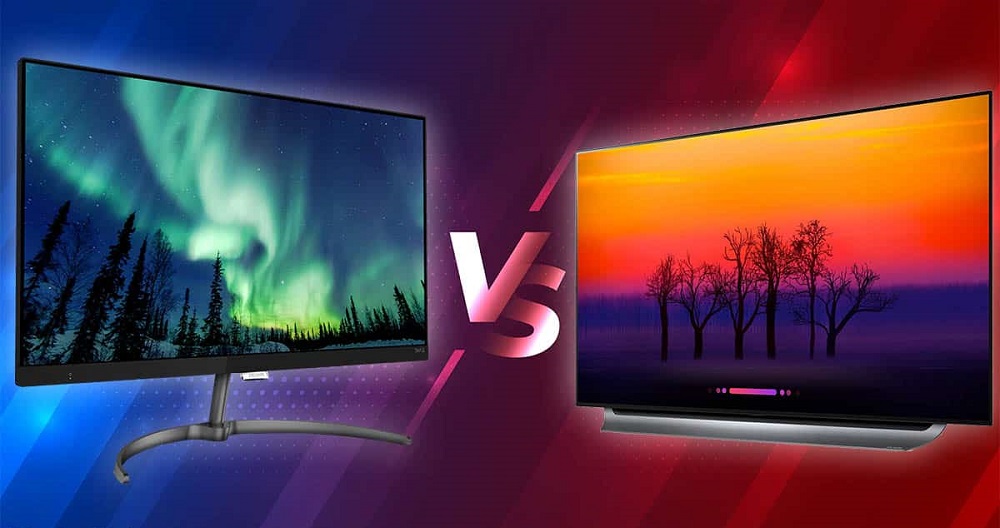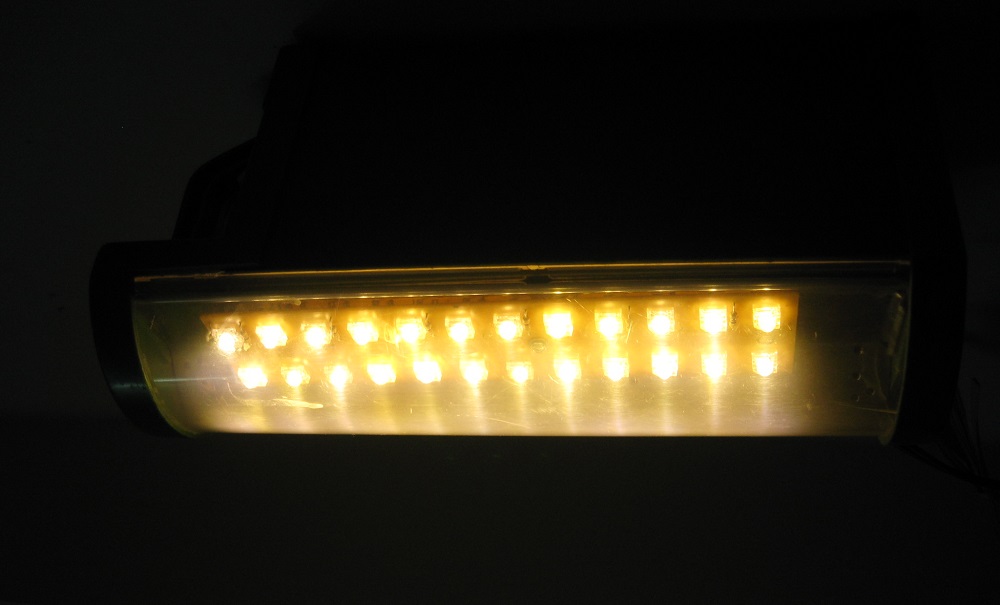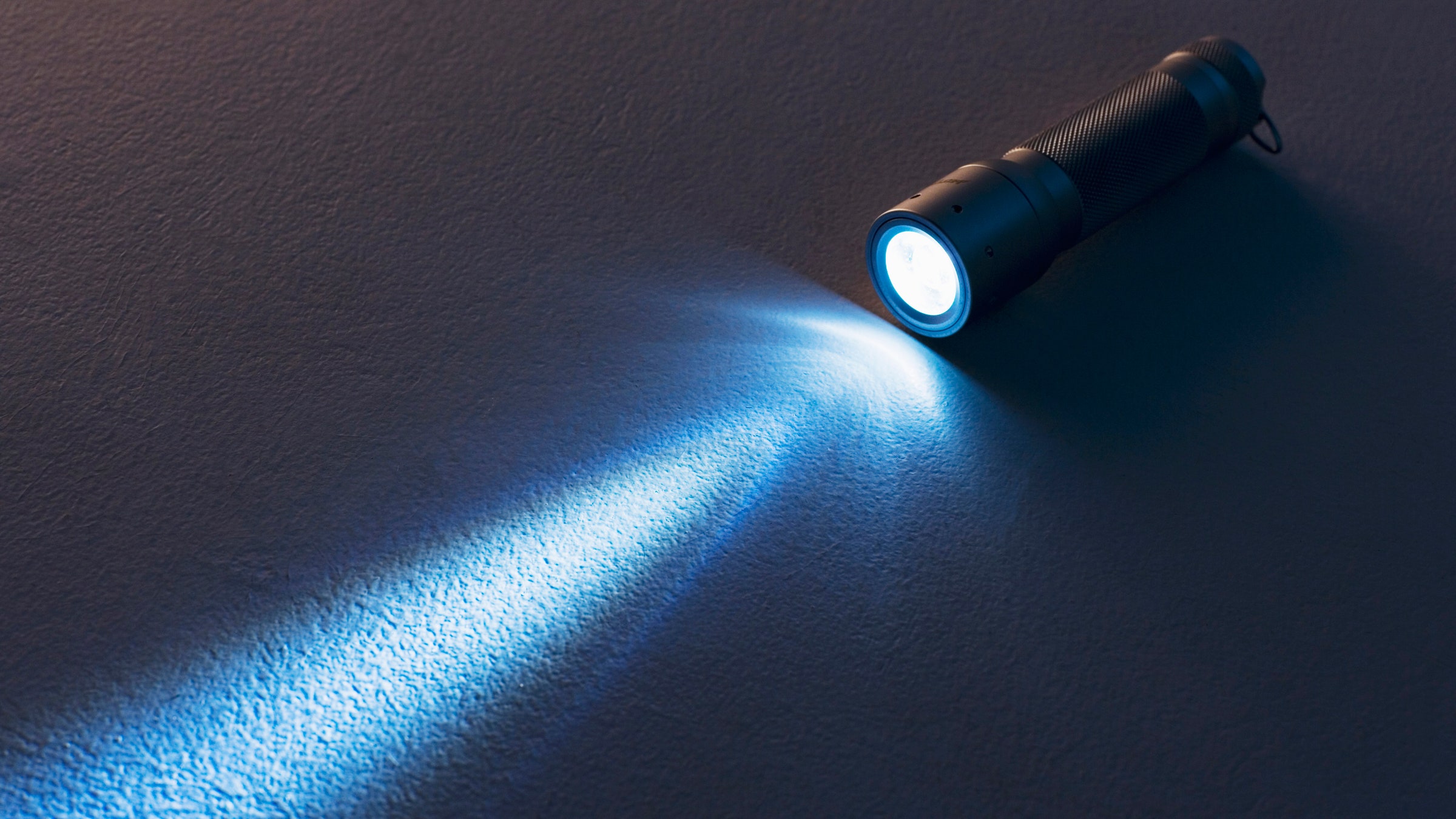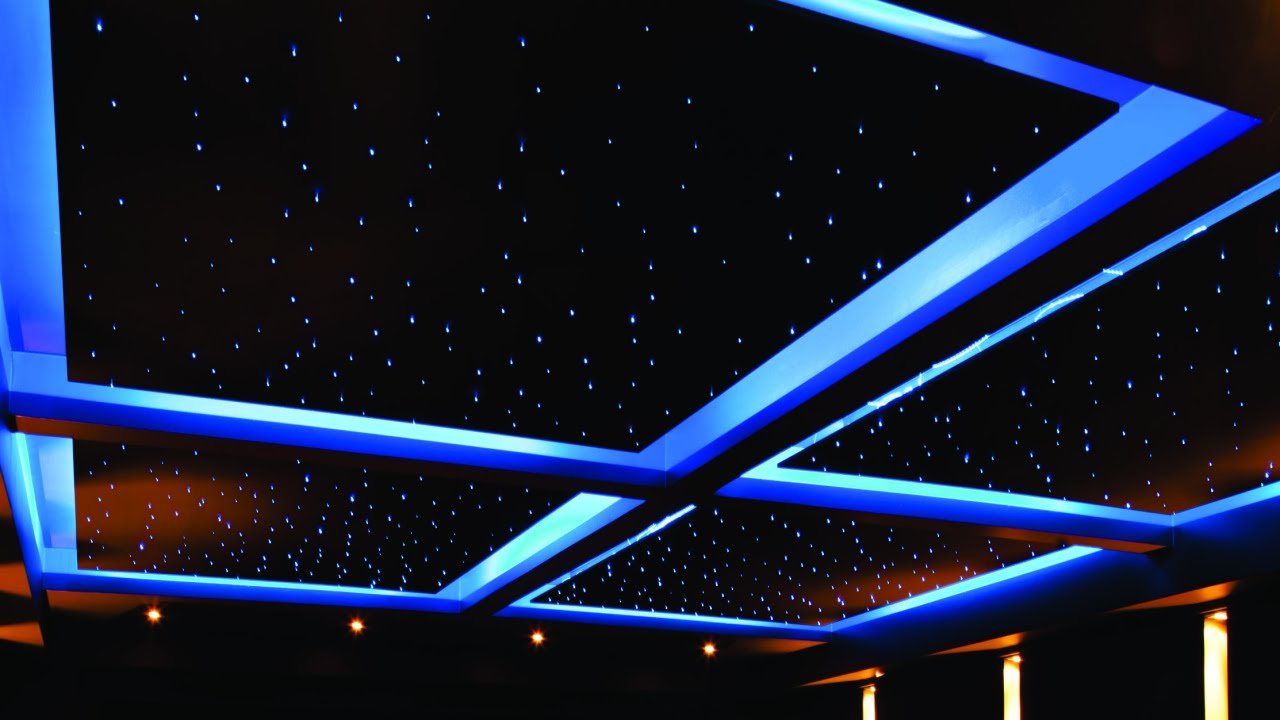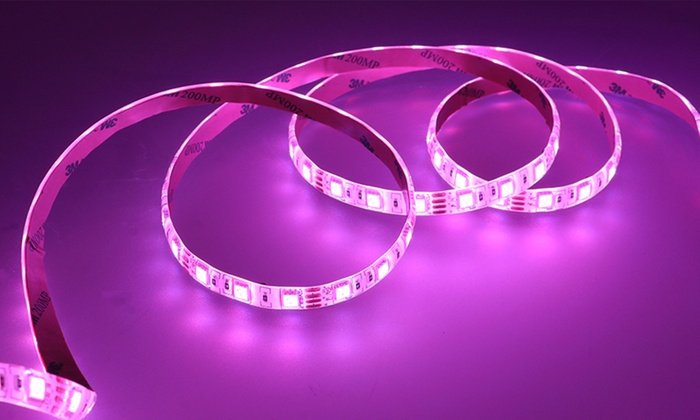You may have encountered the terms LCD and LED when it comes to device screens. Now, you are probably hoping to distinguish between the two, instead of making haphazard purchases.
1. What is an LED?
2. How Does LED Work?
3. What is LCD?
4. How Does LCD Work?
5. What is OLED?
6. What is LCD vs LED Difference?
7. Types of LED
8. Types of LCD TVs
9. Which one is more save energy? LEDs save more energy
10. What’s Better: LCD vs LED Screen
11. OLED vs QLED stands for the future
This article will provide definitions, similarities, and differences between the two types of screen light. Hopefully, they will help you make that critical decision.
What is an LED?
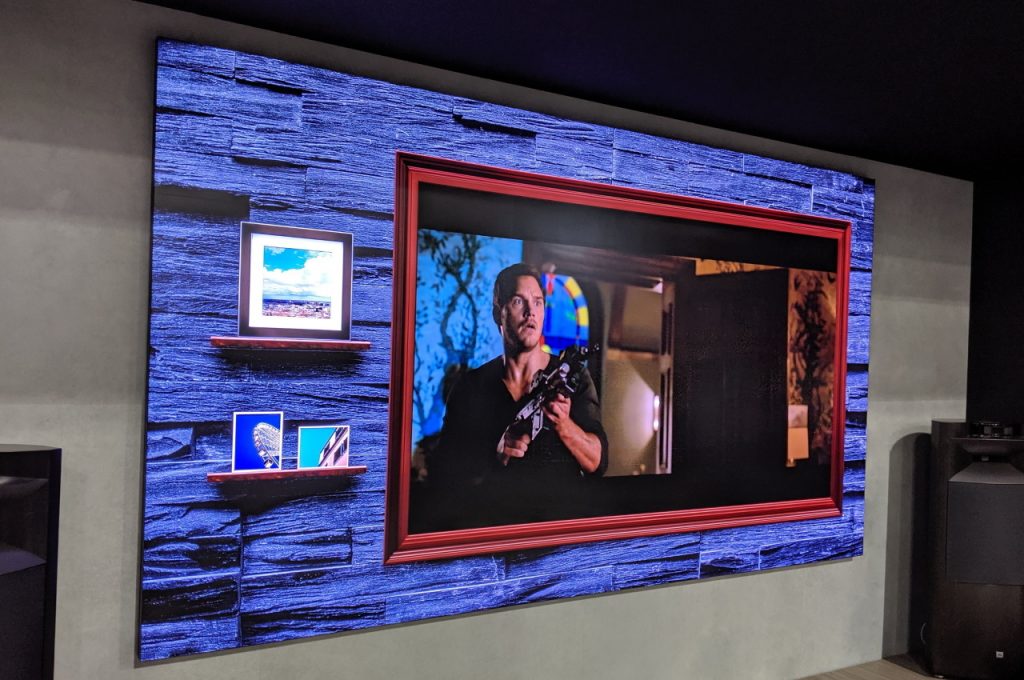
LED stands for light-emitting diodes. To get a picture of how LEDs are used, these light-emitting diodes are placed around a screen’s edges or behind the screen itself. As of the moment, this flexibility in light positioning ensures the possibility of manufacturing thinner LED TVs. The setup also provides LEDs with better energy efficiency and clearer picture than what you would see from LCD TVs.
Light-emitting diodes (LEDs) are well-used in the electronics world. Just as you may think they can only be found on TV monitors or screens, you will realize that they are also used in various other devices, such as clocks, remote controls, and more.
So, yes, LEDs are not just present in screens that you are used to associating with them. In digital clocks, they form the numbers that light up and provide you with the time even when your room is pitch black. Traffic lights, watches, and any other device that has a screen make use of LEDs, too. Even remote controls make use of LEDs, but not quite in the way that you may expect. They transmit information from the remote control to the appliance being controlled.
How Does LED Work?
LED screens are capable of producing clear pictures because of two primary reasons. This backlighting setup makes use of RGB (red, green, blue) lights that can project sharper and more precise colors. Moreover, light-emitting diodes possess a dimming capability that allows them to show pure black. It performs this by blocking more light that may pass through the panel. This is not true for all LED screens, though. True black may only be possible in the case of backlit LEDs. On the other hand, edge-lit LED screens and monitors display a more authentic white.
When you open up a device, LEDs are those tiny light bulbs fitted onto an electrical circuit board. However, they differ from your incandescent bulb, which is the first image that pops in your head when you hear the word “bulb.” LEDs, after all, do not have filaments that can get burn out. They also don’t get very hot, and they don’t utilize a lot of electricity. They also surpass the incandescent bulb’s life by as much as thousands of hours. The light that they get is made possible by electrons moving with the help of semiconductor material.
What is LCD?

LCD stands for liquid crystal display with a fluorescent backlight. It makes use of liquid-filled crystals, just like its name suggests. These crystals help create the images but do not necessarily produce light. They, instead, make use of a backlight that has been provided by a different device. All LCDs work this way, although there may be various configurations.
Let us back up a bit and define what those liquid crystals are about, anyway. Liquid crystals, from the clues that you will get from its name, are partly solid and partly liquid. Their solid properties allow them to take simple, geometric forms. On the other hand, their liquid features will enable them to take on a more fluid structure.
Without any outside intervention, a liquid crystal is packed densely in a disorderly manner. However, when electricity passes through it, the crystals create a more structured shape. LCD presents some benefits that make it widely used. For example, it does not produce an image burn-in. What exactly does that mean? It means that the image stays on the screen after it should have been changed to something else. You may have experienced this phenomenon without knowing what it is called. When you pause your screen for a long time, for example, the image may become burned into the screen. Phosphorus compounds are usually the causes of this effect. These compounds are not used by LCDs.
The LCD display has made it possible for thinner monitors to be produced. So, LCD monitors are more lightweight than older CRT monitors. Aside from making TV and computer monitors slimmer and more elegant, LCD also presents no bleed, sharper images. It does not waver based on the planet’s magnetic field. This is a phenomenon that has been observed with other materials.
How Does LCD Work?
Most of the various LCD display configurations have similar designs. They use liquid crystals to project images to the screen. How does this happen? The liquid crystals get incorporated into the monitor with a backlight to produce the illumination. They are squeezed between two glass sheets. The outermost sheet contains the subpixels.
So much is going on because the crystal display is actually made up of several layers. Among these thin panels, you will find electrodes and a polarizing filter. The liquid crystals will somehow block the backlight when it is turned on. This is how the images get created. So, the liquid crystals cannot really work on their own. There must be a backlight. Here are the usual options:
- Cold cathode fluorescent lamps (CCFL)
- EEFL
- FFK
- LED
- Hot cathode fluorescent lamp (HCFL)
- An organic light-emitting diode (OLED)
- Electroluminescent (EL) devices
- WLED array
- EL-WLED array
- RGB-LED array
The most conventionally used ones are the LED, EEFL, FFL, and CCFL. Note that the edge-type backlights are commonly used for mobile phones, monitors, notebooks, and other smaller sized LCDs. However, the primary light source of these smaller screens is often LED. So, there is also a dependency connection between the light sources that we are comparing in this article. This dependency is further boosted by the lower cost of LEDs, and these light sources’ higher efficiency compared to other backlights.
What is OLED?
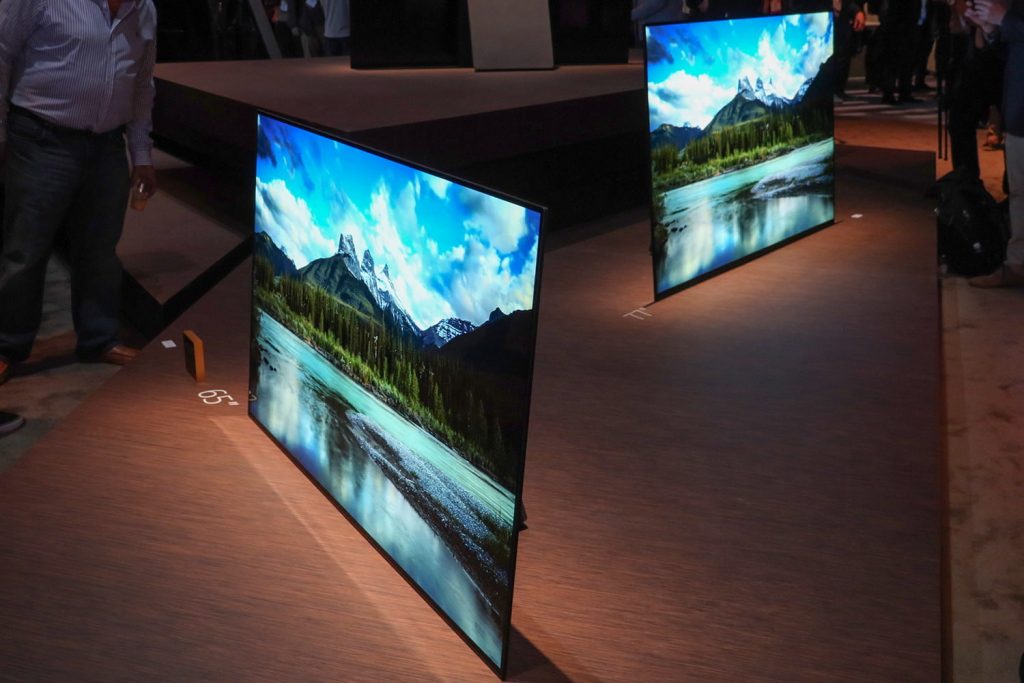
OLED means organic light-emitting diode. It is a type of LED wherein each display pixel glows, and electricity passes through the material. The phenomenon is called electroluminescence. This big word basically combines electricity, light, and essence. It is organic because it needs various carbon compounds to represent the colors that are displayed. Each OLED pixel generates light according to how much power is applied to it.
Some of the characteristics of OLED include intensely dark blacks and spectacular contrast ratio. You will also not see bright images blooming when set in a dark environment. However, it produces images that are not as bright as the best LCDs.
What is LCD vs LED Difference?
We have looked at the descriptions of LCD and LED. Now, we are going to directly compare the two to each other. First, we look at the acronyms themselves: LCD and LED. LCD means liquid crystal display and LED means light-emitting diode. The exact sources of their lights obviously differ. Despite this comparison based on the acronyms, the LED is actually a type of LCD. However, the fluorescent tube that is used in LCD made way for backlighting.
Moreover, not only does LED provide clearer pictures, but it also provides a wider angle. It also has deeper blacks and higher contrasts. Because of this, the LED can also ensure better accuracy in displaying pictures.
Pros and Cons of LED (as compared to the LCD)
|
Pros |
Cons |
|
Extended life |
More expensive |
|
Does not heat up |
Restricted viewing angle, though better than that of LCD’s |
|
Energy efficient |
Better response time |
| Low maintenance |
Consumes more power |
|
Delivers superior picture quality |
|
|
Higher contrasts, accurate colors |
|
| Easier to maintain |
Based on what we know about LED displays, they are improved versions of LCDs. They are, in fact, LCDs that have been tweaked to provide better picture quality, more precise contracts, and lower maintenance. Since better quality is prioritized, prices have gone higher.
Pros and Cons of LCD (as compared to the LED)
| Pros | Cons |
| Showcases millions of colors | Very slow |
| Lightweight | Relies on other light sources |
| Not a power guzzler | Also has restricted viewing angle |
| Delivers good picture quality, but not as good as the LED | Poor contrast, comparably |
| More affordable | The whole screen has to be replaced when an LCD screen/zone is damaged. |
It is not surprising that older models will generally present lower quality at lower costs. However, if you are in a saving mood, the LCD can provide you with good enough picture quality to enjoy. Take note, though, that as a passive device, an LCD does not perform the actual delivering of light to showcase the images. It merely uses fluorescent tubes to lighten the pictures.
Backlighting
One of the main differences between LCDs and LEDs is the backlighting. LED TVs, for example, use white backlighting, while LCD TVs make use of a fluorescent backlight. When fluorescent lights are used as backlighting, they are arranged in consistent intervals from each other. This even positioning allows them to create uniform lighting from various parts of the screen. On the other hand, LED lights can be arranged similarly, but in zones. LED lights may also be lined up on the edges.
What is local dimming?
The way that the light sources are arranged at the back is responsible for the dimming effect that may result. What is local dimming then, and how does it help? Local dimming is the ability of the backlighting to dim some areas where the display is supposed to be black. This makes those areas deeper and darker in black, instead of coming out as pixelated or vaguely dark. This adds to the enjoyment of dark scenes, perhaps when watching horror movies. The darker background also boosts the contrast, thus making you see the scene better.
So, yes, local dimming does make a difference. It does not dim the whole screen whenever there are blacks on display. So, you can better enjoy more accurate colors and contrasts. The way the backlighting arrays are lined up at the back affects the efficiency in which this is applied. So, which between the LED and LCD backlighting can provide better local dimming?
This actually does not depend on whether the device uses LED or LCD. Instead, it depends on whether the setup at the back is at full-array or edge-lighting. The full-array setup is preferable because it can dim the lights in the proper areas. It creates better finesse and color accuracy than the edge-lighted ones.
What types of backlights are there?
Now that we know that both LEDs and LCDs are using backlights, let us take a look at the different types of LED and LCD backlighting used in various devices.
Types of LED

Not all LED backlights are equal. Here is a look at some LED variations:
- Edge-LEDs
Edge LED backlight makes use of white LEDs that have been lined up on the rim of the screen. A panel diffuses the light evenly through the screen. Optical guide sheets help them create consistent brightness all over the screen. However, because of the unique setup of EDGE LED backlights, designers can produce some skinny and sleek TVs.
- Dynamic RGB LEDs
These LED lights make full use of the RGB (red, green, blue) color of a monitor. They provide vibrant contrast and accurate colors. Dynamic RGB lighting makes use of both dynamic and static contrasts and elevates them. But what does this mean? The dynamic contrast refers to getting powerful variations, with the help of splitting a monitor into various zones. Local dimming helps with its variations.
- Full-array LEDs
At the back, the lights are lined up at equal intervals. However, the LEDs are arranged as a set. So, it is difficult to brighten or dim each zone independently from the rest. Once the screen is dimmed, every region becomes dim.
Types of LCD TVs

Even the older technology of LCDs has allowed it to have various types. There are 3 kinds of LCD TVs:
1. Flat Screen LCDs
LCDs, though an older technology, have produced some nice, slim TVs and other device screens. Compared to the older, CRT (cathode-ray tube) TVs, it can produce TVs that can be positioned flat on a wall. Flat-screen LCDs measure at an inch or two in width. They are more expensive than other LCDs.
2. Front projection LCDs
Front projection LCDs reflects light off the screen. They can project images on a flat screen that has been positioned on a wall. The screen can be as large as 300 inches.
3. Rear projection LCDs
Rear projection LCDs disseminate light through the screen. There was a time when they were the only options to provide a “big screen” quality to TV viewing at home. Only Mitsubishi continues to manufacture rear-projection TVs (RPTVs). These wide and heavy LCDs are only best used in large rooms, perhaps for large gatherings.
Which one is more save energy? LEDs save more energy.
LEDs are more energy-efficient. Light-emitting diodes make use of less energy than fluorescent lights. The ones that make use of edge-lighting are remarkably efficient because there are fewer lighting elements lined up at the back of the screen.
Dimensions:
LED TVs can reach screen sizes as big as 90 inches, while LCD TVs are usually sold at 13 to 57 inches. LCD TVs come with a minimum thickness of 1 inch but LED TVs top that by having thicknesses of less than an inch. So, you can say that LED TV has potential for bigger screens, but are generally slimmer and sleeker. It is an improvement over the LCD TV, which is also a level higher than the bulky CRT.
Price and Cost: LCDs Are Cheaper
As has been touched on earlier, LEDs are sort of updated versions of LCDs as they are also technically LCDs. However, LEDs are generally easier to find but more expensive. Usually, updated versions of the technology are more readily available. So, LCDs are not only more difficult to find but are also older technologies. LCD TVs are sold at $100 and higher, while LED TVs are sold at $120 and higher. With a meager difference, LEDs can catch up in terms of cost because of its energy efficiency.
You may also think about the lifespan of a device when considering if it is a good investment. LEDs usually last for an impressive 100,000 hours. On the other hand, LCDs have a minimum of 50,000 hours, just about half its opponent’s lifespan. However, you need to consider the newer and better LCD versions that also last 100,000 hours. You may want to ask your salesperson which end of the spectrum the particular LCD device you are looking at is in.
What’s Better: LCD vs LED Screen
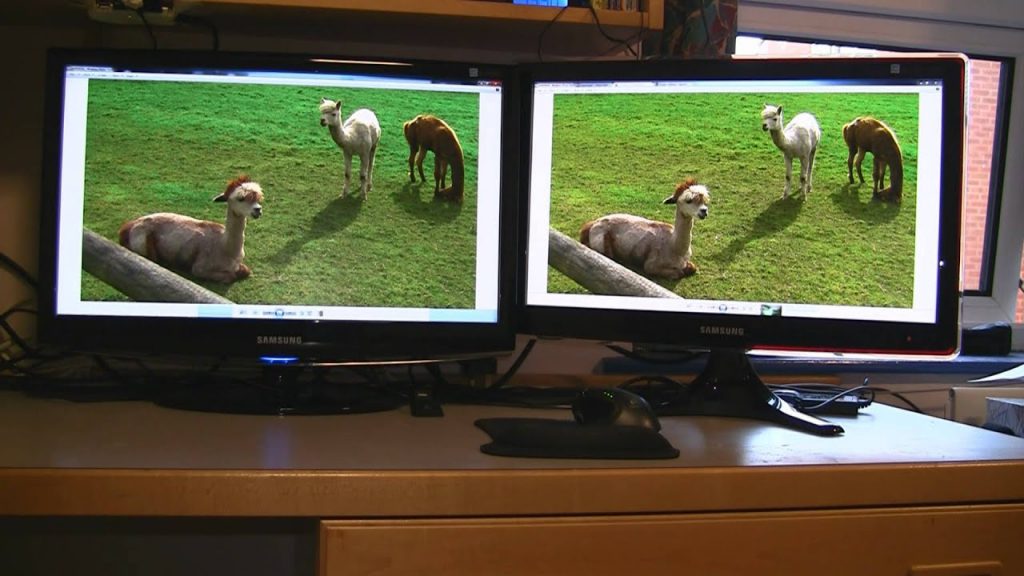
So, which one is better? Sometimes, it also has to depend on whether you notice all the differences, minor or major. Some people have a good eye and would only appreciate what an LED screen can bring them. LED displays are more precise with their colors, contrasts, and vibrance. If slight differences such as these bother you, then the LED screen is a lot better. An LED display also makes full use of the RGB, which provides a humongous array of colors made for the screen. Note that RGB carries the colors used for the monitor, while CMYK (cyan, magenta, yellow, black) are the colors that you associate with printed material.
Even in terms of practicality, the LED screen wins. It costs a little bit more but makes up for it in terms of energy efficiency. This screen belongs to newer technology. So, you will have fewer problems finding parts just in case something goes wrong.
OLED vs QLED stands for the future
OLED, previously described as an organic light-emitting diode, is different from an LCD. QLED, on the other hand, is another type of LED LCD. The acronym stands for Quantum Dot LED TV. Quantum dots refer to microscopic molecules. These molecules can even produce light of a different color but must be hit by another light source.
What is the main difference between the two? OLED contains a pixel that emits its own light. On the other hand, QLED is dependent on an LED backlight. We may see more comparisons of the OLED and QLED in the future. The war between the two of them will depend on people’s preferences. OLED, for example, produces more vivid contrasts. It provides you with better viewing angles and uniformity. On the other hand, QLED is brighter and less expensive. When it comes to color, resolution, video processing, and a lot of other image-related comparisons, the two are basically equal.
Conclusion:
New screens will continue to be invented to improve viewing quality. Whenever humans see something to improve on, they will find a way to tweak. While each type of screen represents the best of its era, it will be replaced if it cannot improve on what it has right now. Just as slim LCDs replaced bulky CRTs, the LCD offshoot LED is taking over as a slightly more expensive but more efficient alternative.
In its favor, it also helps that it is more difficult to find parts of devices belonging to older technology. LED is doing very well in its present form: thin, high contrasts, accurate colors, and energy efficiency. However, it will not be a surprise if another, better type of technology replaces it in a few years.
For now, we can enjoy our 100,000-hour lifespan with our LED devices. These devices also have easy maintenance to last longer. It has to be concluded then that the extra $20 or so is worth it as an investment in more updated technology. Soon, we shall see more of OLEDs and QLEDs and whatever new acronym the technology field can come up with.
For now, it is best to know all the specifications about the particular LED device that you may be going for. However, do know that the reign of LCDs is not over. Your watches, smartphones, cameras, and many other devices still utilize this technology. They will remain valuable parts as long as we still look for less expensive options.

